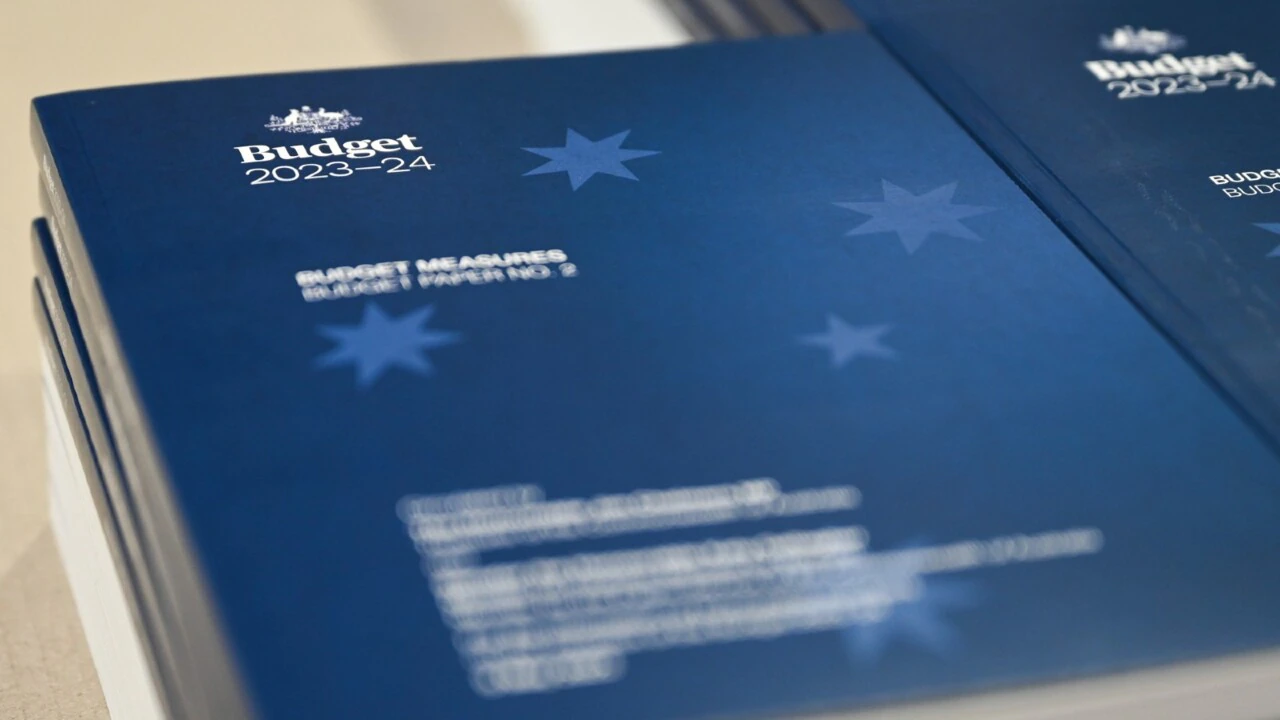
The Federal Budget 2023-24 took square aim at addressing housing shortage and affordability, including incentives regarding Build-to-Rent (BTR) projects and broadening of the qualifications for first home buyers, both of which should prove an effective boost for the BTR and Residential markets.
The lowering of the final witholding tax rate for eligible BTR projects from 30% to 15% for income earned from managed investment trusts, will align this sector’s tax rate with other commercial real estate asset classes, according to Colliers’ National Director for BTR and Residential Robert Papaleo.
“Newly introduced incentives will begin to address housing shortage issues by boosting the development pipeline from 2026-27, for a sector which now has a competitive income tax associated with foreign investment.” Mr Papaleo said.
The Budget’s various measures in relation to the broader Residential sector, including enabling joint applications for the First Home Guarantee and the Regional First Home Buyer Guarantee, are also a welcome boost, as the average price for a home purchased in NSW over Q1 2023 was $1.2 million, according to Colliers’ National Director of Residential Blake Schulze.
“The ability to jointly purchase your first home with a sibling, friend and other family members will enable more market entrants and provide support for those seeking properties experiencing higher demand.” Mr Schulze said.
“Pre COVID, one and two-bedroom apartments were most highly sought after, but modern hybrid/flexible working styles saw the average sale price for larger three-bedroom apartments in NSW jump from around $2 million in 2021 to around $2.5 million in 2022.”
The importance of security and resilience within the healthcare system has also been made clear by the Australian Government’s allocations to support medical innovation, research, development, and local manufacturing of vaccine technology, according to Colliers’ Head of Healthcare and Retirement Living Transaction Services Ian Sanders.
“While we saw a shift in cap rates for premium hospital and healthcare assets from 4% to the mid 4-5% range over Q1 2023 due to broader market fluctuations, the Budget allocation and strong reputation of Australia’s healthcare sector will drive investment flows when interest rates moderate mid-year.” Mr Sanders said.
“Budget support for the aged care sector is also most welcome, but moderation of interest rates will also likely prove most powerful in supporting both aged care and specialist disability accommodation, with top tier operators witnessing a movement of cap rates by 25 and 75 basis points over Q1 2023, respectively.
“As demand for aged care facilities is destined to increase due to Australia’s ageing population, asset owners are facing crucial strategic decisions, with several choosing to future-proof by consolidating and enhancing scale.
“While cap rates for land lease communities currently range from 4.5%- 5.50%, this remains the most resilient home and retirement living asset class, which is tightly held due to multiple income streams and strong demand at value driven price points.”
Regarding the industrial and logistics sector, the Budget is conservative compared to recent years, and the Australian Government have announced a review of their Infrastructure Investment Program.
However, the investment in defence, energy, and renewables, together with strong population growth and the sector’s key fundamental drivers, will ensure it continues to outperform this year, according to Colliers’ Head of Industrial Capital Markets Gavin Bishop.
“We continue to witness soaring demand for industrial assets, with the highest performing market nationally – Western Sydney, experiencing land take-up by occupiers 54% above the five-year average, establishing a record at almost 290 hectares last year.” Mr Bishop said.
“The national weighted average prime rent index accelerated by 7.3% in Q1 2023, up from 5.2% in Q4 2022, as tenants continue to compete for space.”
The Budget’s emphasis on sustainability and introduction of increased energy ratings required for Managed Investment Trusts will boost the office sector’s current ESG trend, driven by offshore investors and their shareholder expectations, in addition to demand from occupiers, according to Colliers’ Managing Director of Office Leasing Cameron Williams.
“ESG increasingly wields influence over lease budgeting decisions, with occupiers now seeking offices with a lower carbon footprint due to development in addition to lower operational carbon during their tenancy.” Mr Williams said.
“The new value of office space, emphasising employee experience and ESG over headcount to space ratios, is ensuring greater rental recovery for higher quality assets in coveted locations, with CBD average Premium net face rents achieving 2% growth over Q1 2023 – the strongest growth rate since Q4 2018.”
It is also promising for the retail property sector that the Budget saw no amendments to the stage three income tax legislation, which means that from 1 July 2024 more than 95 percent of taxpayers will pay a marginal tax rate of 30% or less, according to Colliers’ Managing Director of Retail Capital Markets Lachlan MacGillivray.
“There is significant potential for a tax concession of roughly 50% to flow through to the retail sector.” Mr MacGillivray said.
Overall, the Budget bolsters Australia’s strong economic platform, further propelling business investment and activity, providing greater confidence in the long-term outlook for Australian property, according to Colliers’ National Director of Research Joanne Henderson.
“The Australian property sector presents greater growth potential globally, due to our ability to weather market fluctuations, ensuring values and pricing certainty attract increased investment when interest rates are due to moderate mid-year.” Ms Henderson said.



